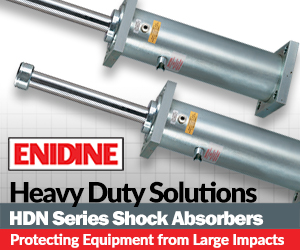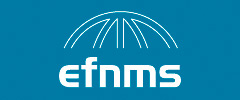How To Streamline The Process For Managing Maintenance Work Requests
Maintenance teams deal with a myriad of issues daily. Requests for repairs stream in from different departments or users of the facility. Organizations provide maintenance work requests to departments to ensure uniformity and consistency when reporting problems and raising alerts with maintenance teams.
Work requests enable companies to plan and prioritize maintenance tasks. In return, maintenance managers can allocate work evenly so that technicians remain productive and improve maintenance turnaround time.
Filling in and submitting a work request form is not a guarantee that technicians will effect corrective measures. Instead, maintenance managers review the defects, evaluate resource availability and criticality of the asset in question. Upon review, the manager can approve or reject a work request. Any work request that goes beyond the approval stage becomes a work order.
Improper management of work requests can complicate maintenance workflows. Companies should streamline the management of work requests to eliminate bottlenecks that could increase the probability of asset downtime and damage. Here are vital tips for streamlining the management of maintenance work requests.
Categorize and prioritize work requests
Not all maintenance requests are equal. Some breakdowns or defects require immediate attention due to their impacts on routine operations. Some requests require proper logistics planning because they involve large budgets and require an extended workforce. The first step towards excellent management of work requests is categorization. The company needs to define if the request is for emergency, routine or preventative maintenance. To improve the review process, the company needs to classify the requests depending on the nature of the defect. Is it an electrical, mechanical, landscaping, plumbing or indoor appliance problem?
After categorizing work requests, companies must develop a system to prioritize requests. They evaluate safety risks, the complexity of the repair process and the criticality of the asset. They can devise an appropriate ranking system to assign priority levels to work requests. For instance, using the numeric rank system (1-5), a work request in level 1 is high-priority and requires immediate attention. Maintenance teams can defer low-priority requests to a reasonable future date.
By categorizing and prioritizing work requests, maintenance teams strengthen emergency response policies and optimize planning, thereby enhancing the quality of maintenance work.
Centralize work request management using CMMS
Despite having robust work request systems, companies can still fail to achieve their maintenance goals. Failures arise from a lack of a centralized system for receiving, reviewing and approving work requests. In some instances, each department reviews its requests without engaging specialists in the maintenance department. The disconnect between departments leaves defects unattended resulting in dire operational consequences.
One method to automate and streamline work request management is using computerized maintenance management systems (CMMS). Organizations distribute these digital solutions via mobile devices. Requesters report issues remotely and attach pictorial evidence. Each request has a unique identifier (serial number) to prevent the duplication of requests.
Reviewers with CMMS administration privileges apply filters to the requests and evaluate the relevance of each. Upon approval, the CMMS system generates work orders and assigns a specific tracking number to each order. Centralizing work request management ensures error-free, quick and accurate evaluation of work requests. That way, companies implement corrective measures quickly and efficiently with adequate tracking across the board.
Standardize the work request process
Companies that do not have standard work request forms are practically exposing the reviewers to tedious work. For success in the maintenance department, each company must have guidelines for filling, handling and storing work requests. The initial stage is defining if the submission of work requests is manual (paper-based) or digital. After that, the company has to design a befitting work request form that captures all the vital information needed to evaluate the intensity of asset or process defect.
The company then identifies who is responsible for filling in the work request forms at the department level before submission to the maintenance teams. Apart from that, the company appoints individuals to the review committee, setting conditions for the approval or rejection of work requests.
By standardizing the work request process, the company ensures that the information on work request forms is uniform and complete. Only appointed personnel fill in the request forms. Reviewers and maintenance teams can easily make follow-ups. It also prevents the submission of similar requests on the same problem.
Develop tools for tracking work requests
Streamlining the work request management process means tracking each request from the source through to approval. Companies have to evaluate the effectiveness of work request management protocols. To facilitate this, each company establishes Key Performance indicators (KPIs) and work request management objectives.
Using these tools, the company can quantify how fast the appointed personnel act on the requests. It also facilitates the evaluation of the completeness of the information on work request forms.
Companies rely on the insights from the reliability of the objectives and KPIs to reinforce work request management policies and develop training for employees on how to handle diverse work requests.
Summing Up
Streamlining the management of maintenance work requests is a continuous process that is possible through the integration of technology tools and appropriate management protocols. In the end, companies improve organization and reduce the average time for completing maintenance service requests. That signifies better maintenance and higher revenues for organizations.
Author: Bryan Christiansen, founder and CEO of Limble CMMS.



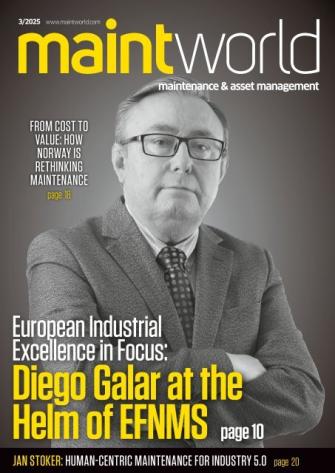


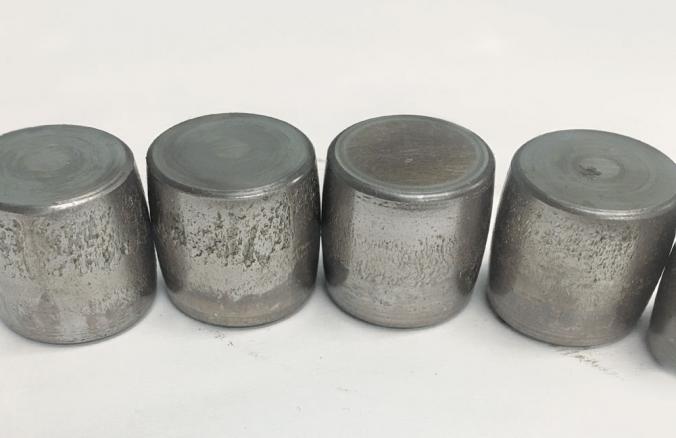
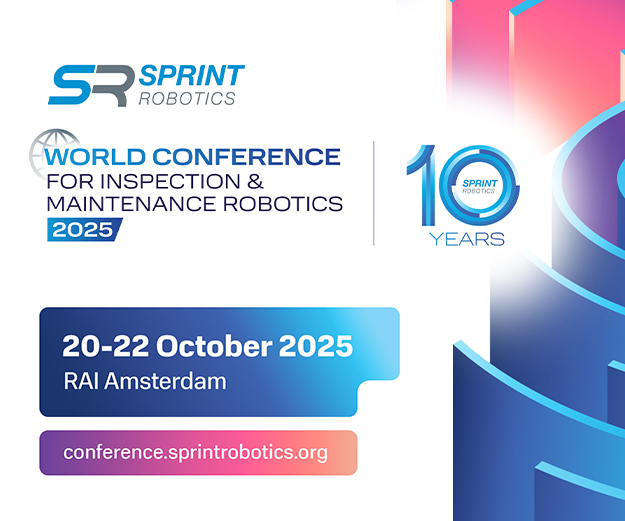
![EMR_AMS-Asset-Monitor-banner_300x600_MW[62]OCT EMR_AMS-Asset-Monitor-banner_300x600_MW[62]OCT](/var/ezwebin_site/storage/images/media/images/emr_ams-asset-monitor-banner_300x600_mw-62-oct/79406-1-eng-GB/EMR_AMS-Asset-Monitor-banner_300x600_MW-62-OCT.png)

